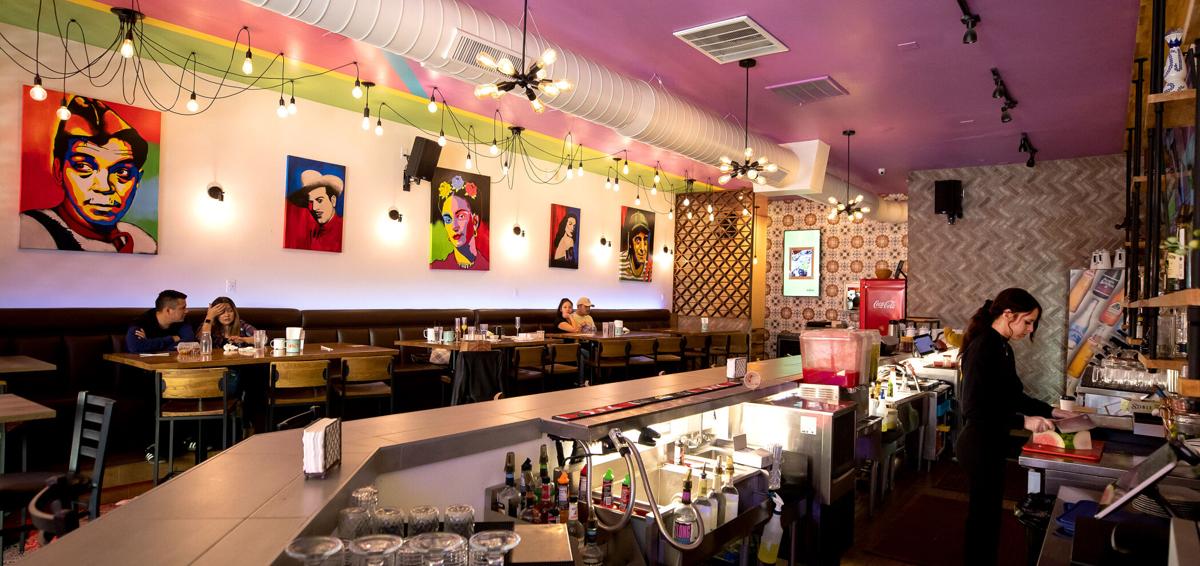Arizona’s employment situation continues to improve.
For the second month in a row, the seasonally adjusted jobless rate dropped a half a percentage point, down to 5.2%. That compares with 6.8% a year ago.
The national unemployment rate also declined, but by just two-tenths of a percentage point, to 4.6%
What continues to lead the state job recovery is the leisure and hospitality industry, driven notably by hiring at bars and restaurants. In fact, it amounted to more than one out of every three private sector jobs added in the past year, an increase of 18.5%.
And there appears to be more room for growth.
Doug Walls, the labor market information director for the Office of Economic Opportunity, noted that employment in leisure and hospitality is still just 88% of where it was in February 2020, before the pandemic. By contrast, total private sector employment in Arizona actually is 4% higher than pre-pandemic levels.
Under normal circumstances, the creation of more jobs puts upward pressure on employers to pay more as they seek to attract and retain workers. And there are increasing signs that employees are feeling confident about their ability to do better elsewhere, with a national “quits rate’’ hitting a historic high in September of 3%.
But Walls said the effects of all that in Arizona are blunted as people continue to move here, growing the supply of available workers.
“We continue to see, month after month, thousands of individuals coming into the labor force,” he said, at least in Arizona. There are 60,000 more people in the labor force now than there were before the COVID-19 outbreak, both in people in Arizona who are reentering the workforce as well as those moving here.
“We know that Arizona’s reported strong population growth year after year,” Walls said. “That’s definitely going to help with the demand for labor.”
By contrast, he said, the number of people working or looking for work is “stagnating” on a national level. In fact, he said, the U.S. labor force actually is below pre-pandemic levels.
But what’s good for employers may not necessarily be good for workers, at least in their paychecks.
Last month the average hourly wage nationally was $30.96.
In Arizona, however, that figure is $28.70.
And it’s not getting any better. The year-over-year increase in Arizona wages is up just 3.8%, versus 4.9% nationally.
The new numbers also pointed up some significant differences in recovery in the state. And the key appears to be the kind of jobs in each area.
Most significant is that Pima County has recovered only 78% of the jobs lost since February 2020.
What appears to be behind that is that nearly one out of every five jobs in the state’s second largest county are in government. That compares with just 13.8% statewide.
More telling is that jobs in state education — think the University of Arizona — amount to 5.4% of all Pima County jobs, versus 1.9% in the state as a whole.
Walls said that reflects the fact that government employment overall is just not recovering at the same rate as the private sector.
“Tucson, in particular, has a larger share of its overall employment dedicated to government and state government education,” he said. “And so that’s definitely going to play a part in why the recovery rate is lower in Tucson.”
Walls said the same situation exists in Coconino County, home of Northern Arizona University.





